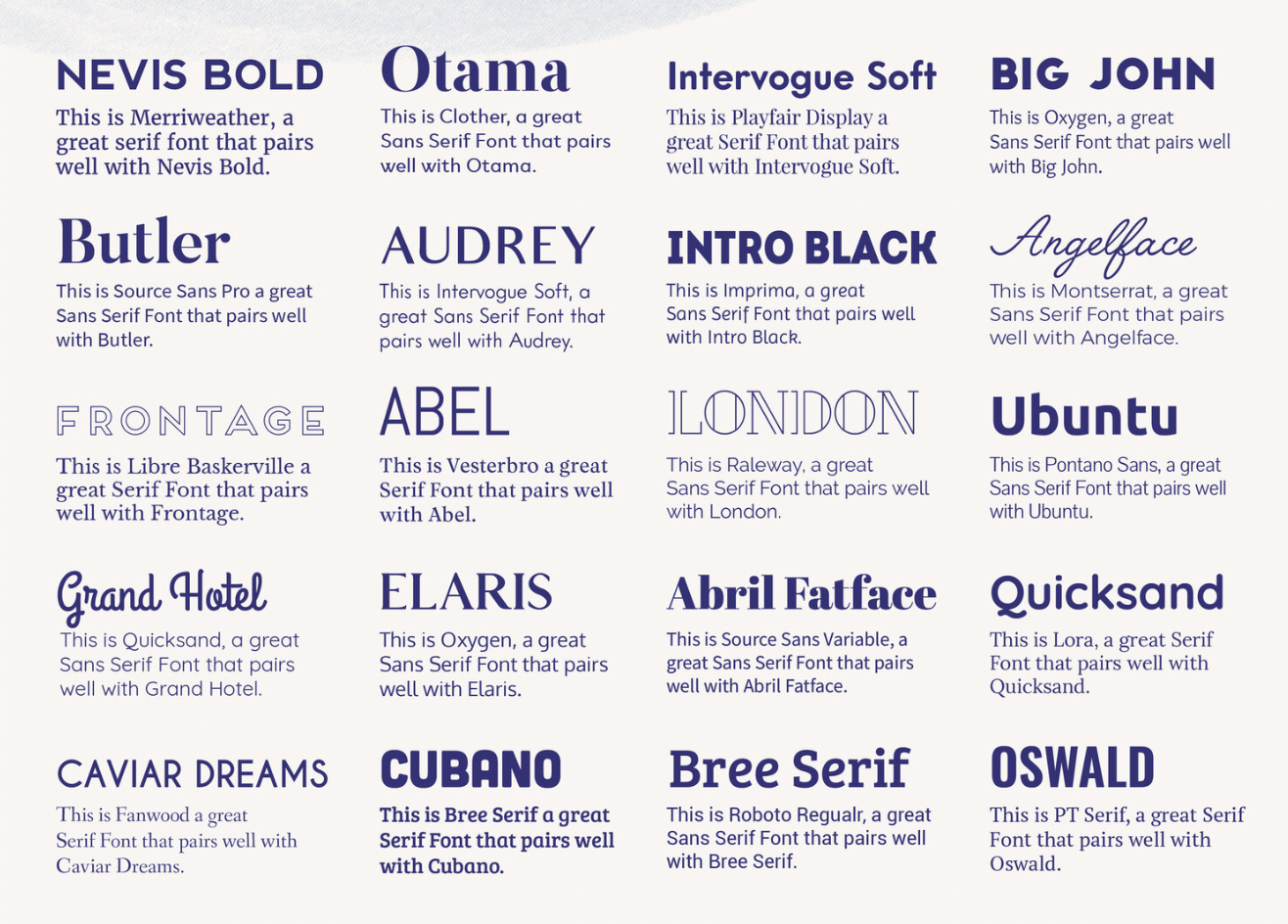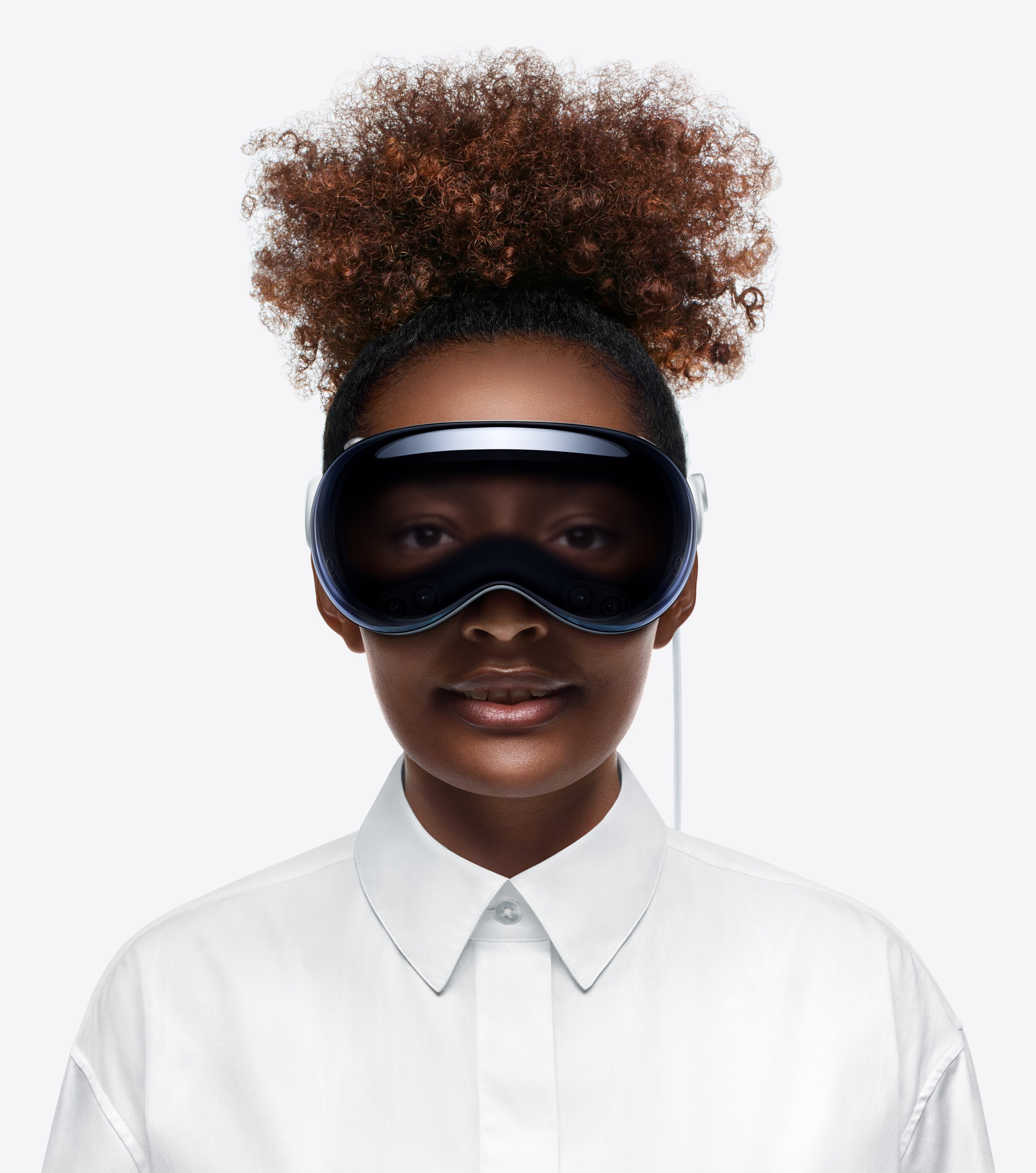How To Photograph Animals Successfully
Disclosure: This post contains affiliate links. By purchasing through these affiliate links, you are directly supporting us as creators at no extra cost to you which helps us make more videos and articles!
Capturing stunning photographs or filming captivating footage of animals can be a rewarding and fulfilling experience. Whether you want to document wildlife in its natural habitat, snap portraits of pets, or film nature documentaries, understanding the art of photographing or filming animals successfully is essential. In this blog post, we'll explore some tips and techniques to help you elevate your animal photo and video skills.
1. Research and Observe
Before you embark on your photography or filming expedition, it's crucial to conduct thorough research about the specific animal species you plan to capture. Learn about their behavior, habitats, and preferred activities. By having a basic understanding of your subject, you can anticipate their movements, increase your chances of spotting them, and capture them in their most natural state. If you’re planning to do this long term, the research and observe stage is incredibly important. Many breeds have mannerisms that can be very important for you to understand to know when to capture the best shot. You’ll also want to speak to the owner of the dog and ask to know a little bit about the dog. Are they food motivated? Do they get jumpy near other animals? This will help you know what to expect and plan your shots accordingly.
2. Patience is Key
Patience is a virtue when it comes to photographing or filming animals. Animals often have an instinctual awareness of human presence, so rushing or making sudden movements can scare them away. Allow ample time for the animals to become comfortable with your presence before attempting to capture their images. Bringing treats may sound like a good idea at first but it may make the animal want to sniff around you so making yourself less interesting for at least the first half of the shoot would probably be helpful.
3. Use the Right Equipment
Investing in the right equipment is essential for successful animal photography or videography. A quality camera with a fast shutter speed and fast buffer like the Nikon Z9 or the Lumix G9 will help you capture the action without any blur. A buffer is a camera that can write the data for the image at a very fast speed to be ready to take the next photo.
You’ll also want a fast memory card with fast write speeds so that you don’t experience a delay in trying to take your next photo. There’s a great one from Lexar here.
Think of the memory card as the interpreter of your camera. You want the camera’s write speeds to be fast as well as the memory card’s so that the overall process is as optimized as possible.
Zoom lenses or telephoto lenses are also interesting to look into and will enable you to capture animals from a distance without disturbing them. Keep in mind that some shoots may require specialized equipment, such as waterproof cameras for underwater shots or infrared cameras for nocturnal species. That all depends on what your specific shoot will entail… pun intended.
4. Understand Lighting and Composition
Pay attention to the lighting conditions when photographing or filming animals. Natural light is often the best option, as it highlights the subject's features and provides authenticity. Be mindful of the time of day and the angle of the light source to avoid harsh shadows or overexposure. Compose your shots carefully, utilizing the rule of thirds to create visually appealing and balanced images or footage.
5. Capture Unique Perspectives and Moments
Experiment with different angles, perspectives, and compositions to capture unique and compelling shots. Get down to eye level with the animal or find an interesting vantage point. Look for natural patterns, interesting behaviors, or unexpected moments that make your images or footage stand out.
Here are some ideas for unique perspectives you can experiment with:
Birds-Eye View: Capturing a scene from an elevated angle offers a fresh and exciting perspective. Whether it's using a drone, climbing tall structures, or simply shooting from a high vantage point, a birds-eye view allows you to present a unique and comprehensive view of a subject. By showing the world from above, you can highlight patterns, shapes, and symmetries that may go unnoticed from ground level. This perspective is especially effective in landscape photography, busy urban environments, or capturing large-scale events.
Macro Photography: Macro photography refers to capturing subjects at an extremely close range, showcasing intricate details that are often invisible to the naked eye. This perspective allows you to explore the fascinating world of tiny subjects, such as flowers, insects, or even household objects. By magnifying small elements, you can reveal their textures, patterns, and colors in an awe-inspiring way. Macro photography offers a fresh perspective that challenges viewers to appreciate the beauty in the tiniest of things.
Low-Angle Shot: Embracing a low-angle perspective can dramatically alter the way a scene is perceived. By positioning the camera low to the ground, you can create a sense of grandeur, magnify the height of objects, and add a unique sense of drama to your photographs. This perspective is particularly effective when photographing architecture, landscapes, or even portraits. Capturing subjects from below can emphasize their power, strength, or dominance, providing a fresh interpretation of the scene.
Expanding your photographic perspectives by experimenting with these techniques can breathe new life into your images. So, next time you embark on a photography adventure, don't be afraid to think outside the box and explore these unique perspectives to create captivating and compelling photographs.
6. Tell a Story
Use your photography or videography skills to tell a story about the animals you capture. Incorporate the environment, their interactions with each other, or their struggle for survival. Give your audience a deeper understanding and appreciation of the animals and their world through your work. This is a great point to consider gathering some more information about the animal and his family. Are there other animals in the home? Is this a new home for this pet or is this shoot maybe celebrating a birthday. There are so many ways you could go.
7. Practice and Learn from Others
The more you practice, the better you'll become at photographing or filming animals. Take advantage of every opportunity to practice your skills, whether it's at your local park, zoo, or on a wildlife-focused trip. Additionally, seek inspiration from renowned wildlife photographers or videographers. Study their techniques, compositions, and storytelling methods, and adapt them to create your unique style. You can do research too! There are tons of resources through social media and photography blogs that have invaluable tips that could really level up your shoot. Don’t be afraid to ask questions and draw inspiration from other work.
Photographing or filming animals successfully requires a combination of technical skills, knowledge, creativity, and respect for the subjects. By implementing these tips and techniques, you'll be well on your way to capturing breathtaking images or captivating footage of animals. So grab your camera or gear and let’s go!























